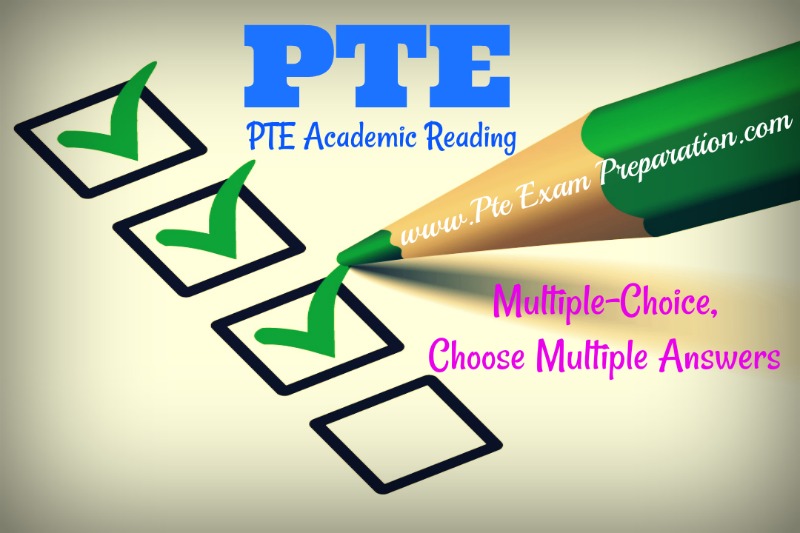PTE Academic Reading Multiple-Choice, Choose Multiple Answers Practice Test – 3
PTE Reading Multiple-choice, Choose Multiple Answer – Read the passage and answer the question by choosing multiple answers. This type of questions requires test takers to read, analyse, understand and assess text on an academic subject. Select multiple correct responses from all given options.
PTE Academic Reading Multiple-Choice, Choose Multiple Answers Practice Test – 3
PTE READING – MULTIPLE-CHOICE CHOOSE MULTIPLE ANSWER
5. Read the passage and answer the following question.
The Turks and Caicos Islands are a multi-island archipelago at the southern tip of the Bahamas chain, approximately 550 miles south-east of Florida. The islands are an overseas territory of the United Kingdom although they exercise a high degree of local political autonomy. The economy of the islands rests mainly on tourism, with some contribution from offshore banking and fishing.
Primary schooling is divided into eight grades, with most pupils entering at the age of four years and leaving at twelve. After two kindergarten years, Grades 1-6 are covered by a graded curriculum in maths, language and science that increases in difficulty as pupils get older. There is little repetition and pupils are expected to progress through primary school in their age cohorts. At the end of primary schooling, pupils sit an examination that serves to stream them in the secondary school setting. Primary and secondary school enrolment is virtually universal.
There is a total of ten government primary schools on the islands. Of these, seven are large enough to organise pupils into single-grade classrooms. Pupils in these schools are generally grouped by age into mixed ability classes. The remaining three schools, because of their small pupil numbers, operate with multigrade groupings. They serve communities with small populations whose children cannot travel to a neighbouring larger primary school. Pupils in these classes span up to three grade and age groups.
As far as classroom organisation is concerned, the multigrade and monograde classrooms are similar in terms of the number of pupils and the general seating arrangements, with pupils in rows facing the blackboard. There is no evidence that the multigrade teachers operate in a particularly resource-poor environment in the Turks and Caicos Islands. This is in contrast to studies conducted in other developing country contexts.
Ques – According to the text, which of the following statements can be concluded about primary classes in the Turks and Caicos Islands?
[B]. Monograde and Multigrade classrooms are different in terms of the number of pupils.
[C]. Multigrade classes are mainly found in smaller schools.
[D]. Most primary pupils are in mixed ability classes.
[E]. Organisation in both multigrade and monograde classroom is the same. For Answers Click Here
C, D and E
